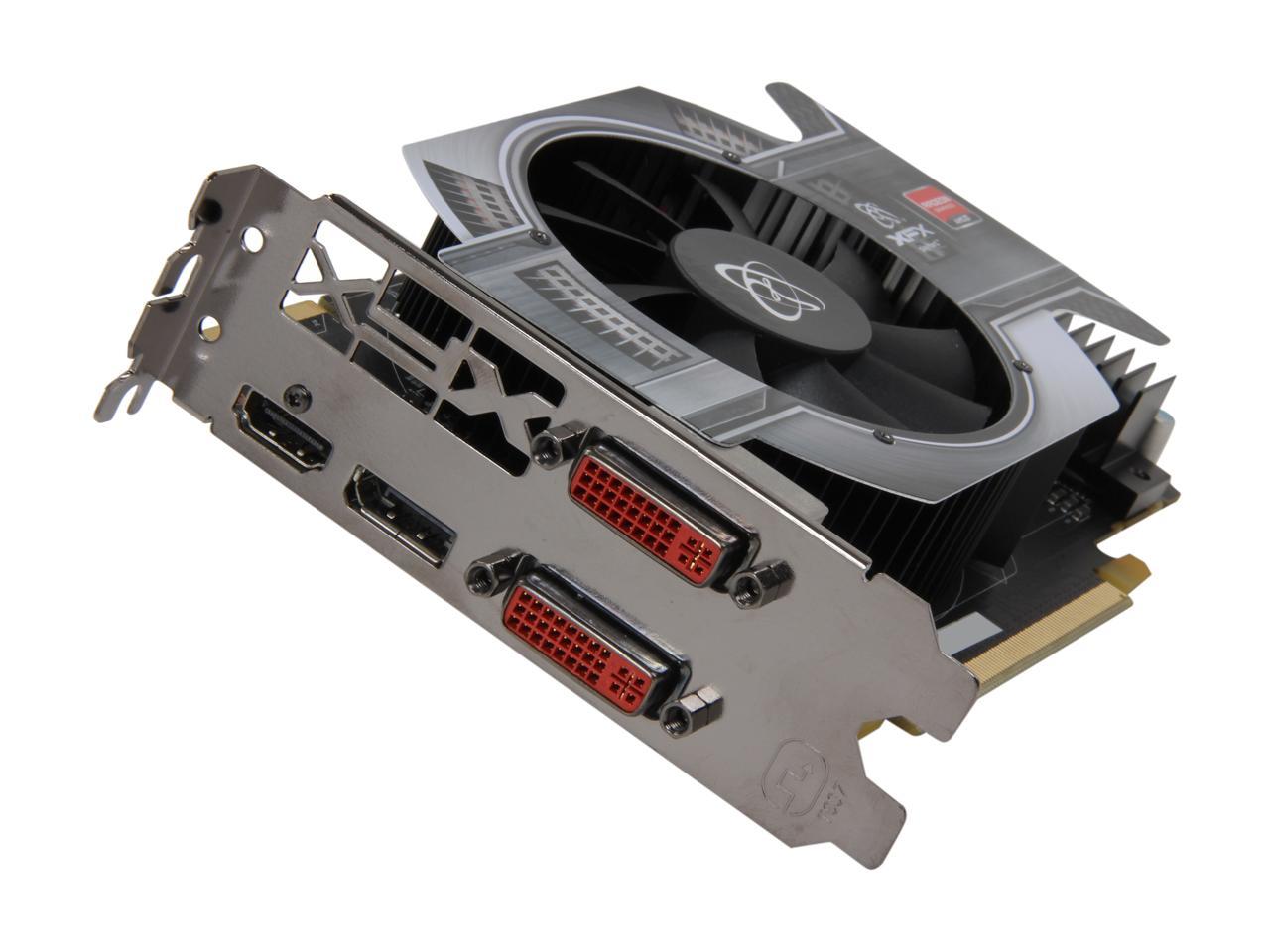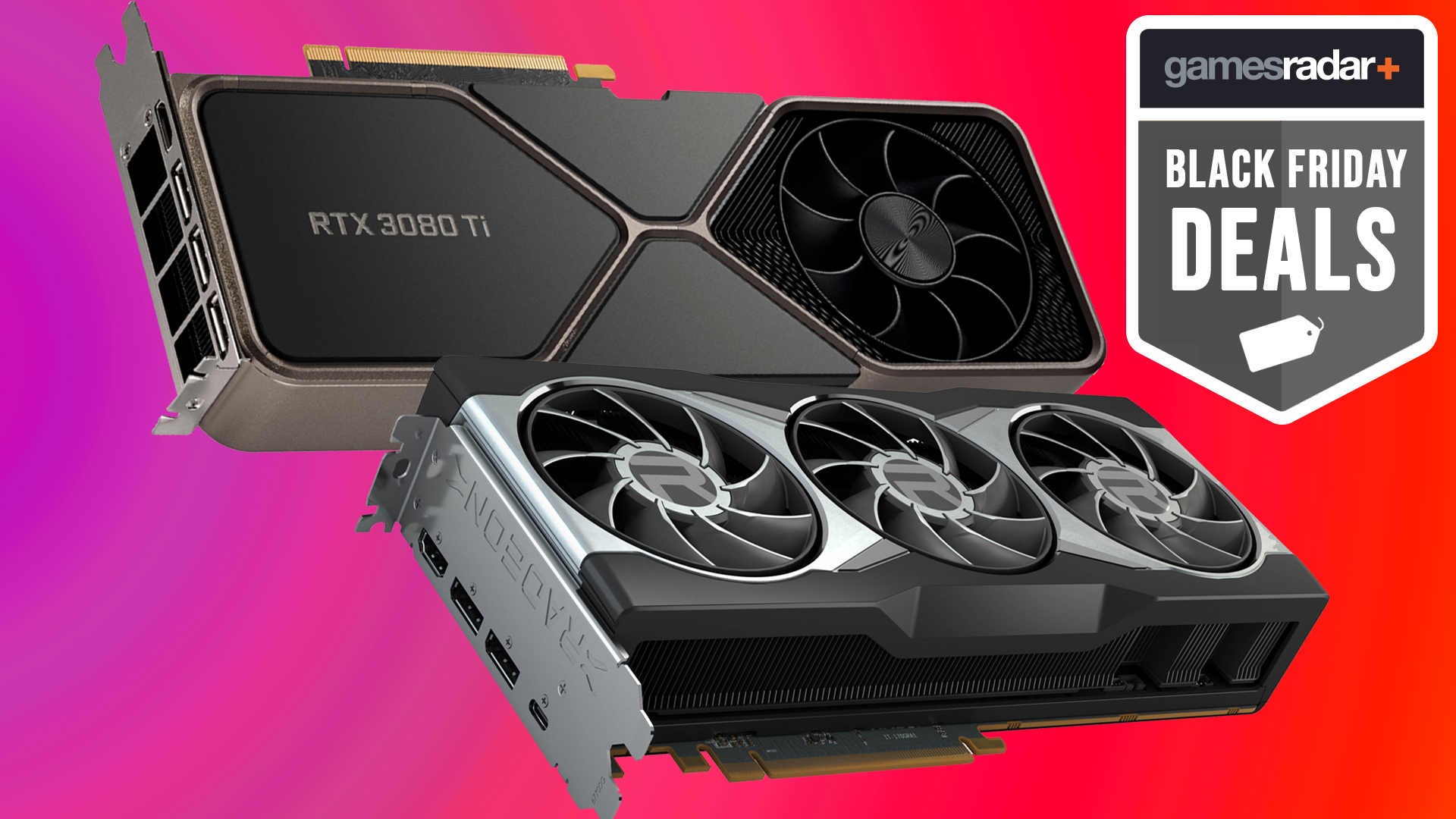
- AMD RADEON HD 6700 SERIES VS 560 DRIVERS
- AMD RADEON HD 6700 SERIES VS 560 PROFESSIONAL
- AMD RADEON HD 6700 SERIES VS 560 SERIES
^ OpenGL 4+ compliance requires supporting FP64 shaders and these are emulated on some TeraScale chips using 32-bit hardware.^ R300, R400 and R500 based cards do not fully comply with OpenGL 2+ as the hardware does not support all types of non-power of two (NPOT) textures.
AMD RADEON HD 6700 SERIES VS 560 SERIES
^ The Radeon 100 Series has programmable pixel shaders, but do not fully comply with DirectX 8 or Pixel Shader 1.0. AMD RADEON HD 6700 SERIES VS 560 DRIVERS
(on Linux: 1.1 (no Image support) with Mesa 3D, 2.0 with AMD drivers or AMD ROCm) The following table shows features of AMD/ ATI's GPUsĤ.5 (on Linux: 4.5 (Mesa 3D 21.0)) ġ.2 (on Linux: 1.1 (no Image support) with Mesa 3D)
Vega - UVD 7.0, VCE 4.0 and VCN 1.0 only at AMD Raven Ridge. Volcanic Islands - UVD 5.0, 6.0, VCE 3.0. Northern Islands - UVD 3 (HD 67xx UVD 2.2). R300 - Video Immersion II + Video Shader. The following tables are for reference use only, and do not reflect actual performance. API support – Rendering and computing APIs supported by the GPU and driver.ĭue to conventions changing over time, some numerical definitions such as core config, core clock, performance and memory should not be compared one-to-one across generations. Bus interface – Bus by which the graphics processor is attached to the system (typically an expansion slot, such as PCI, AGP, or PCIe). TBP (Typical board power) – Typical power drawn by the total board, including power for the GPU chip and peripheral equipment, such as Voltage regulator module, memory, fans, etc., measured in Watt. TDP ( Thermal design power) – Maximum amount of heat generated by the GPU chip, measured in Watt. Bandwidth – Maximum theoretical memory bandwidth based on bus type and width. Clock – The reference memory clock frequency. Bus width – Maximum bit width of the memory bus utilized. Bus type – Type of memory bus utilized. Vertex operations - The amount of geometry operations that can be processed on the vertex shaders in one second (only applies to Direct3D 9.0c and older GPUs).  Shader operations - How many operations the pixel shaders (or unified shaders in Direct3D 10 and newer GPUs) can perform. Texture - The rate at which textures can be mapped by the texture mapping units onto a polygon mesh. Pixel - The rate at which pixels can be rendered by the raster operators to a display. Core clock – The reference base and boost (if available) core clock frequency. Core config – The layout of the graphics pipeline, in terms of functional units. Die Size – Physical surface area of the die. Transistors – Number of transistors on the die. Average feature size of components of the GPU. Architecture – The microarchitecture used by the GPU. Codename – The internal engineering codename for the GPU.
Shader operations - How many operations the pixel shaders (or unified shaders in Direct3D 10 and newer GPUs) can perform. Texture - The rate at which textures can be mapped by the texture mapping units onto a polygon mesh. Pixel - The rate at which pixels can be rendered by the raster operators to a display. Core clock – The reference base and boost (if available) core clock frequency. Core config – The layout of the graphics pipeline, in terms of functional units. Die Size – Physical surface area of the die. Transistors – Number of transistors on the die. Average feature size of components of the GPU. Architecture – The microarchitecture used by the GPU. Codename – The internal engineering codename for the GPU. AMD RADEON HD 6700 SERIES VS 560 PROFESSIONAL
Note that ATI trademarks have been replaced by AMD trademarks starting with the Radeon HD 6000 series for desktop and AMD FirePro series for professional graphics.
 Model – The marketing name for the GPU assigned by AMD/ ATI. The headers in the table listed below describe the following: 9.3 FirePro Server series (S000x/Sxx 000). This helps boost performance at all tessellation factors with up to 4x the throughput of the HD 6900 series (Gen 8). The HD 7770 and HD 7750 feature a new 9th Generation Tessellation Geometry Engine with optimizations such as increased vertex reuse, off-chip buffering improvements and larger parameter caches. This architecture is more efficient and delivers more power per millimeter square of GPU die area. So essentially, a shader cluster is now called a GCN compute unit and each unit is a super-scalar processor with scalar and vector elements that follow a new non-VLIW instruction-set architecture. Sound familiar? It's AMD's answer to the Nvidia Fermi architecture to which they transitioned in 2010. GCNs are basically GPUs that can handle both graphical and computing tasks with high efficiency. However, the HD 7970 and other cards based on the Tahiti core replace VLIW stream processor clusters with Graphics Core Next compute units.
Model – The marketing name for the GPU assigned by AMD/ ATI. The headers in the table listed below describe the following: 9.3 FirePro Server series (S000x/Sxx 000). This helps boost performance at all tessellation factors with up to 4x the throughput of the HD 6900 series (Gen 8). The HD 7770 and HD 7750 feature a new 9th Generation Tessellation Geometry Engine with optimizations such as increased vertex reuse, off-chip buffering improvements and larger parameter caches. This architecture is more efficient and delivers more power per millimeter square of GPU die area. So essentially, a shader cluster is now called a GCN compute unit and each unit is a super-scalar processor with scalar and vector elements that follow a new non-VLIW instruction-set architecture. Sound familiar? It's AMD's answer to the Nvidia Fermi architecture to which they transitioned in 2010. GCNs are basically GPUs that can handle both graphical and computing tasks with high efficiency. However, the HD 7970 and other cards based on the Tahiti core replace VLIW stream processor clusters with Graphics Core Next compute units. 
Radeon HD 5000 cards used VLIW5 and last year's HD 6000 series transitioned to a more sophisticated VLIW4 architecture. It was back then that AMD adopted the Graphics Parallel Core architecture, employing groups of scalar processors that work out very long instruction words, commonly abbreviated as VLIW. As discussed in our preliminary Radeon HD 7000 review, the new series represents AMD's most significant graphics architecture overhaul in the last decade.







 0 kommentar(er)
0 kommentar(er)
